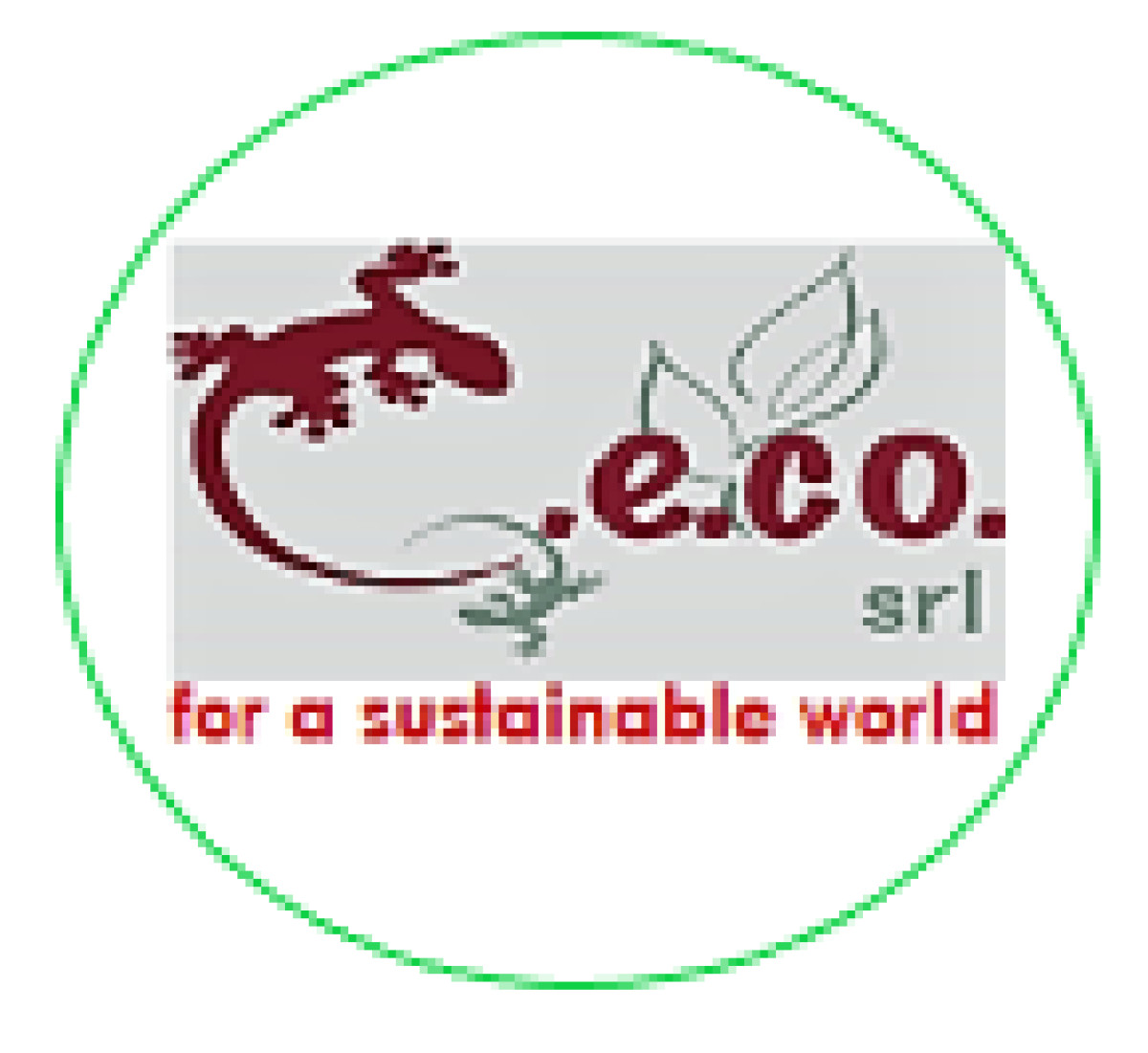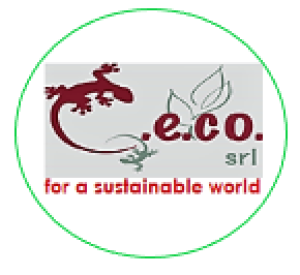SEWAT - Sustainable Energy by Waves Trap
PREMESSA:
nel mare è presente un giacimento
energetico costituito dall’energia posseduta dalle onde che viene costantemente
sprecata producendo erosione della costa.
Le parole chiave di base su cui è
improntato il progetto sono quindi:
a) 1 - sfruttamento
di una nuova fonte energetica
b) 2 - lotta
allo spreco di energia
c) 3 - uso
sostenibile delle risorse naturali e del
territorio
Con il progetto SEWAT si perseguono quindi una pluralità di ambiziosi
obiettivi, tra loro interconnessi e consequenziali viste le peculiarità del
progetto tra cui:
A.
Contribuire in modo significativo alla transizione
energetica rendendo disponibile energia sostenibile e anche idrogeno verde a
basso costo. Il sistema è estremamente semplice ma ha una grande capacità
produttiva. Il prelievo di energia dalle onde del mare per renderla disponibile
impedisce il naturale processo del suo spreco e della sua dissipazione. Di
conseguenza, il suo utilizzo non altera l’equilibrio di altri ecosistemi senza
occupare territorio produttivo;
B.
Proteggere efficacemente la costa dall'erosione;
C. Raccogliere
i rifiuti trasportati dal mare contribuendo al marine environment cleaning senza
utilizzare energia per la loro cattura;
D.
Catturare in modo non traumatico eventuali specie
ittiche protette intrappolate all’interno del dispositivo, per essere avviate a
laboratori di biologia marina prima del loro rilascio in mare.
Le caratteristiche del progetto SEWAT sono tali che:
a. declini a pieno titolo numerosi obiettivi di Sviluppo
Sostenibile dell'Agenda ONU 2030 (7 – 1 – 9 – 12 - 14 );
b. lo collochino nell’ambito delle low-carbon
technologies, ma low-cost al confronto delle altre tecnologie, per l’assoluta
mancanza di produzione di scorie, reflui e CO2;
c. è assolutamente esente da rischi, anche accidentali,
per l'ambiente e per la collettività e prevede l'utilizzo di materiali comuni
facilmente reperibili;
d. il concetto modulare permette di realizzare impianti di
qualsiasi potenza, abbinando singoli moduli indipendenti ed autonomamente
produttivi;
e. l’energia ottenuta sia realmente sostenibile nel
significato più autentico del termine; e l’idrogeno conseguentemente prodotto
sia veramente green contribuendo a dare una impronta cleantech autentica al
futuro;
f. posizionando i moduli produttivi a ridosso delle dighe
foranee o delle barriere frangiflutti non si ha alcun impatto ambientale.
DESCRIZIONE DEL PROGETTO:
è prevista la costruzione
di una successione di vasche modulari in calcestruzzo, poste in mare,
parzialmente immerse, in direzione ortogonale alla direzione dominante delle
onde.
Ogni vasca ha la parete esposta ai marosi, idoneamente attrezzata, in
grado di captare l’acqua delle onde che vi si infrangono. La parete captante
presenta numerosi varchi muniti di paratoie mobili le quali, sotto l’azione di
ogni onda si aprono, consentendo l’ingresso dell’acqua nella vasca che, quindi,
viene riempita.
Nella fase di riflusso dell’onda le paratoie si chiudono impedendo l’uscita dell’acqua dalla vasca.
PRODUZIONE DI ENERGIA:
l’energia viene prodotta in tre modi con lo stesso dispositivo:
1. 1 - sfruttando,
con turbine, il flusso di travaso nel mare dell’acqua accumulata nella vasca
2. 2 - sfruttando
il movimento delle paratoie mobili
3. 3 - sfruttando il colpo d’ariete che si genera nella massa
d’acqua in movimento.
INTRODUCTION:
there is an energy deposit in the sea consisting of the energy possessed by waves that is constantly wasted producing coastal erosion.
Therefore, the basic keywords on which the project is based are:
(a) 1 - exploitation of a new energy source.
b) 2 - combating energy waste
c) 3 - sustainable use of natural resources and land.
Thus, with the SEWAT project, a plurality of ambitious objectives are pursued, which are interconnected and consequential given the peculiarities of the project including:
A.Contributing significantly to the energy transition by making available sustainable energy and also low-cost green hydrogen. The system is extremely simple but has a large production capacity. Drawing energy from the waves of the sea to make it available prevents the natural process of its waste and dissipation. As a result, its use does not alter the balance of other ecosystems without occupying productive territory;
B.Effectively protect the coast from erosion;
C. Collect sea-borne waste by contributing to marine environment cleaning without using energy to capture it;
D.Capture any protected fish species trapped inside the device in a nontraumatic way to be sent to marine biology laboratories before their release into the sea.
The characteristics of the SEWAT project are such that:
a.fully declines several Sustainable Development Goals of the UN 2030 Agenda (7 - 1 - 9 - 12 - 14 );
b. place it in the realm of low-carbon technologies, but low-cost in comparison with other technologies, due to the absolute lack of waste, effluent and CO2 production;
c. it is absolutely free from risks, including accidental risks, to the environment and the community, and involves the use of readily available common materials;
d. the modular concept makes it possible to build plants of any capacity by combining independent and independently productive individual modules;
e. the energy obtained is truly sustainable in the truest meaning of the term; and the hydrogen consequently produced is truly green, contributing to an authentic cleantech footprint for the future;
f. by placing the productive modules close to breakwaters or breakwater barriers there is no environmental impact.
PROJECT DESCRIPTION:
it is planned to build a succession of modular concrete tanks, placed in the sea, partially submerged, at right angles to the dominant direction of the waves.
Each basin has the wall exposed to the waves, suitably equipped, capable of capturing water from the waves that break there. The capturing wall has numerous openings equipped with movable sluice gates which, under the action of each wave, open, allowing water to enter the tank, which is then filled.
In the ebb phase of the wave, the sluice gates close, preventing water from leaving the tank.
ENERGY PRODUCTION:
Energy is produced in three ways with the same device:
1. 1 - by exploiting, with turbines, the pouring flow into the sea of water stored in the tank
2. 2 - exploiting the movement of movable sluice gates
3. 3 - exploiting the water hammer generated in the moving water mass.

Certificato Blockchain - Idea
La marcatura temporale di questa idea è stata certificato su blockchain. Visualizza la transazione di riferimento il cui hash è rappresentato dal QR Code.

